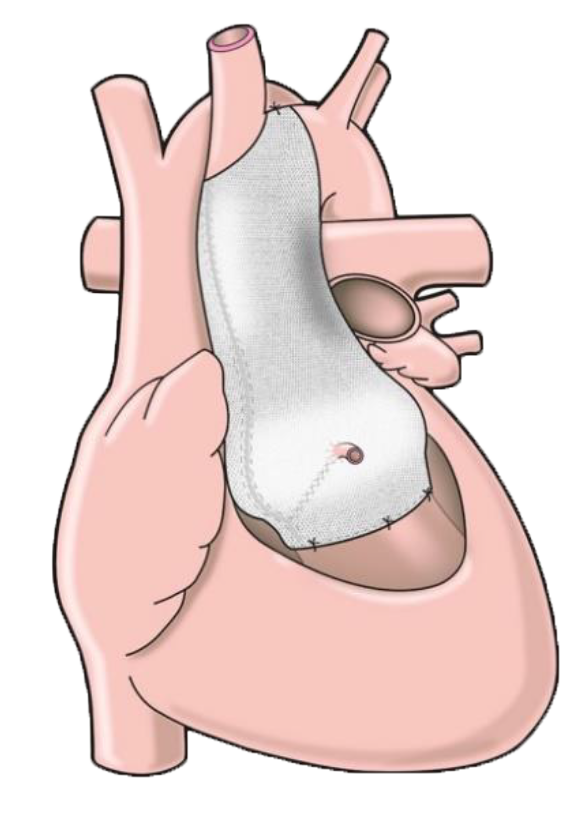A typical aortic valve is tricuspid – it has three valve leaflets that move independently. In a bicuspid aortic valve (BAV), the valve typically has three valve leaflets, but two are partially fused and move as one.
Around 2% of the population has BAV. It is the most common congenital heart condition and is present from birth. It can occur with other heart defects.
There is no known cause but in up to one in four cases the condition is inherited.
BAV can cause aortic dilation, which increases the risk of aortic dissection.
The ExoVasc® PEARS has been used to managed enlarged aortas in people with BAV.
The image shows a ExoVasc® PEARS for a bicuspid aortic valve.

More about the Aortic PEARS procedure
Find out more about the procedure.
Patient stories
More than 1,500 people have had an ExoVasc® PEARS implanted. Some of them have shared their stories and experiences.
Patient benefits brochure
You may find our patient benefits brochure useful when discussing the ExoVasc® PEARS with your doctor.




